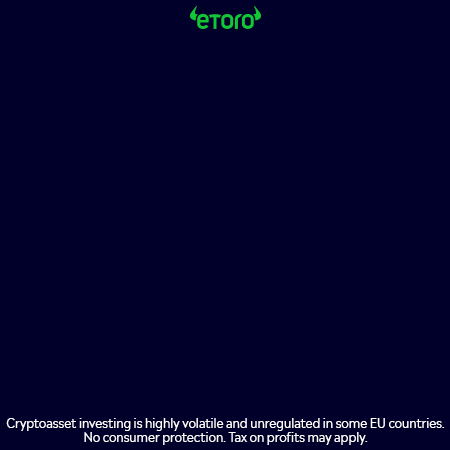Supported by extended reality and cryptocurrency technologies, the metaverse is where the physical and digital worlds meet. Unowned and full of potential, it’s not yet clear how the metaverse will evolve. But, one thing is certain: if millions of people are going to be digitally connected, the technologies powering the metaverse have to be scalable – and therein lies the problem.
Early generation cryptocurrency architecture isn’t keeping up with increasing scalability demands. This is most evident with Ethereum, which is losing its status as the go-to solution for Metaverse-adjacent spaces like GameFi and NFTs. Ethereum’s high transaction fees and low throughput make it simply incapable of handling the demands of applications that require a huge amount of complex transactions. For the large-scale applications of the future, new solutions are needed.
A Solution for Limitless Experiences
Caduceus is a platform custom-built for metaverse development. Rated at an enterprise-grade 100,000 peak TPS (transactions per second), the Caduceus blockchain is thousands of times faster than Ethereum’s. Not only that, but transactions on the Caduceus network are cheap, with a minimum fee of just one-ten thousandth of a penny. This is made possible by its unique MetaverseGraph (mGraph) consensus mechanism, which uses a Directed Acyclic Graph (or “DAG”) with distributed Proof Of Stake (dPOS) creating a new type of blockchain, to process and store transaction data faster than traditionally possible.
Believing in an open metaverse where creativity reigns free, Caduceus makes metaverse development easy. The Caduceus blockchain connects seamlessly with its SDK into web2.0 and web3.0 applications and software , providing interfaces and tools for NFT art creators and application developers. Further, their XR Devkit and XR Creation Platform come with everything artists and developers need to get started – from XR gear to software supporting the creation of 3D game materials and models.
Caduceus supports NFT-ERC721 copyright distribution, allowing creators to maximally benefit from their work as it’s used throughout the metaverse. This is made possible by Caduceus’ Peer-to-Peer content distribution platform powered by decentralized IPFS cloud storage. Caduceus lends itself to scalability too, enabling the efficient processing of compute-heavy transactions, ensuring that extended reality applications run smoothly for everybody.
Lastly, Caduceus is cross-chain and multi-protocol. Caduceus allows for the seamless migration of EVM and Solidity contracts, meanwhile supporting ERC20, ERC721, ERC1155, ERC998, and a plethora of other asset protocols. This makes it easy for developers to port their existing applications from legacy blockchains to Caduceus, and should lead to healthy network growth.
Version 1.0 of the Caduceus Main Net is set to go live in Q2 of this year, and will be improved upon until the release of v2.0 in Q4 2022. The final v3.0 release will be in Q1 of 2023. Their Creators Platform v1.0, will go live at this time as well. For developers who want to experiment with creating their very own metaverse, the Caduceus testnet is currently open, and the necessary developer documentation can be found here.








